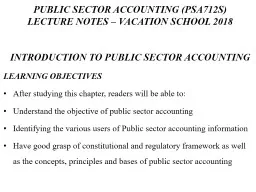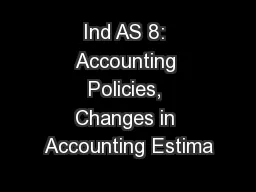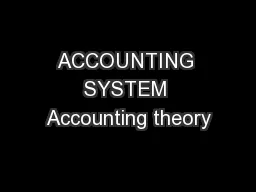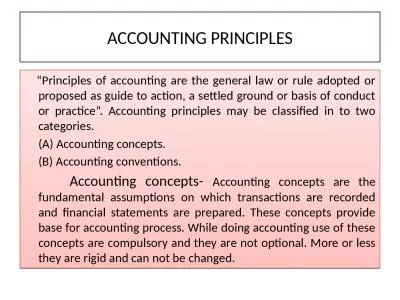PPT-PUBLIC SECTOR ACCOUNTING (PSA712S)
Author : aaron | Published Date : 2019-11-09
PUBLIC SECTOR ACCOUNTING PSA712S LECTURE NOTES VACATION SCHOOL 2018 INTRODUCTION TO PUBLIC SECTOR ACCOUNTING L EARNING OBJECTIVES After studying this chapter readers
Presentation Embed Code
Download Presentation
Download Presentation The PPT/PDF document "PUBLIC SECTOR ACCOUNTING (PSA712S)" is the property of its rightful owner. Permission is granted to download and print the materials on this website for personal, non-commercial use only, and to display it on your personal computer provided you do not modify the materials and that you retain all copyright notices contained in the materials. By downloading content from our website, you accept the terms of this agreement.
PUBLIC SECTOR ACCOUNTING (PSA712S): Transcript
Download Rules Of Document
"PUBLIC SECTOR ACCOUNTING (PSA712S)"The content belongs to its owner. You may download and print it for personal use, without modification, and keep all copyright notices. By downloading, you agree to these terms.
Related Documents














